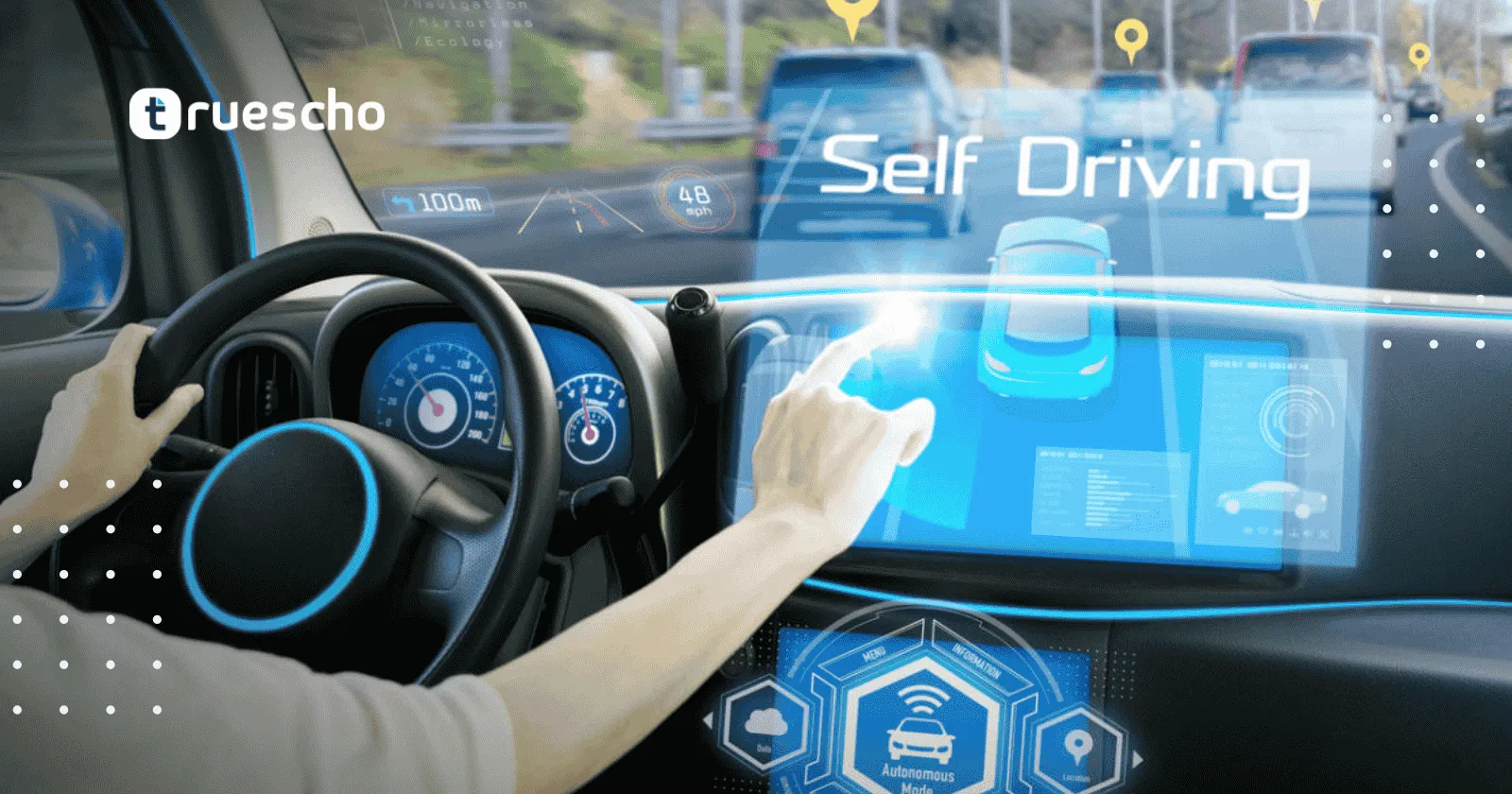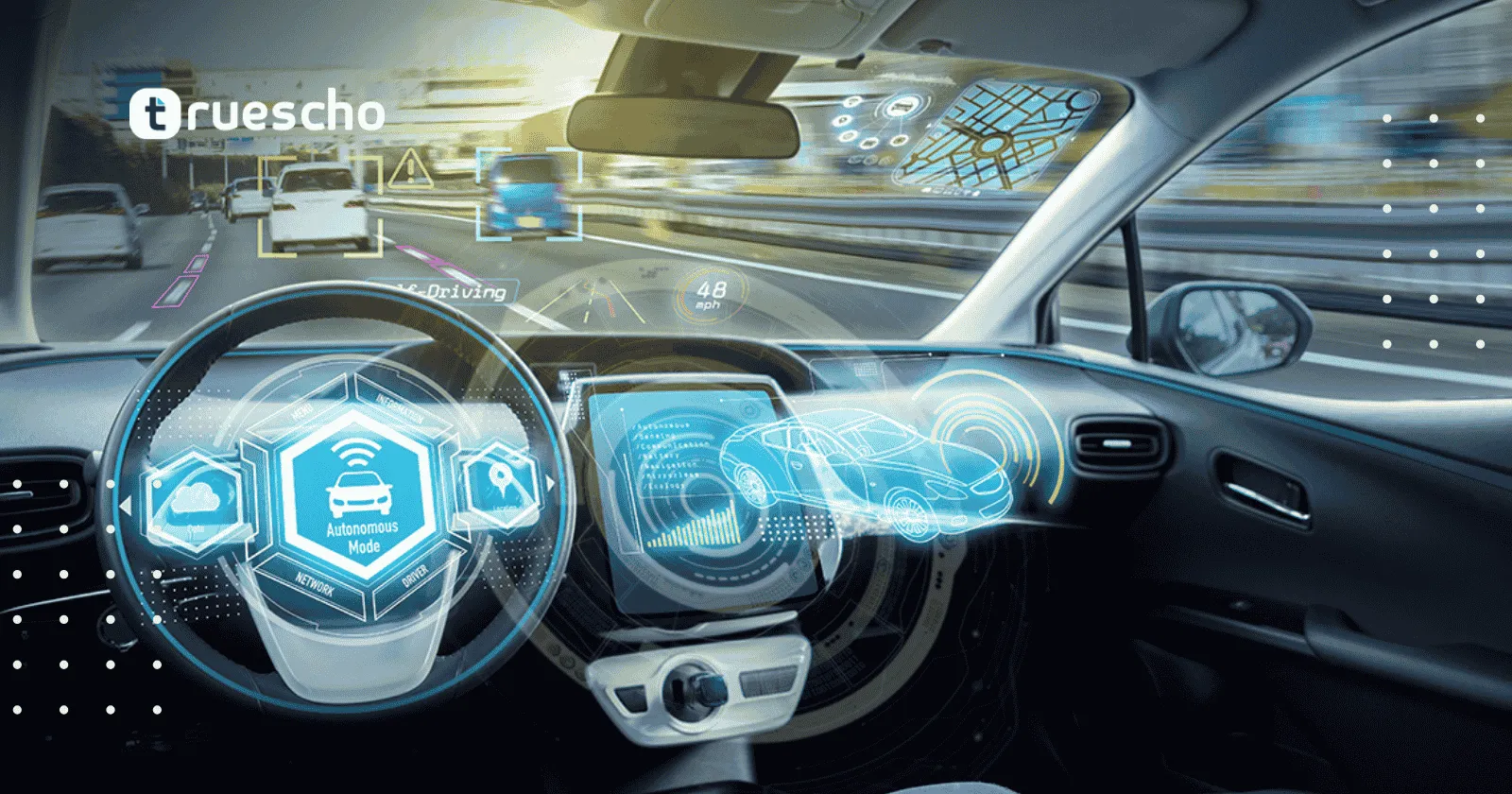GM, Gatik, Torc team up with Nvidia to accelerate self-driving
Table of Contents
- Nvidia’s Toolkit for Autonomous Driving
- General Motors: Pioneering the Future of Manufacturing & Mobility
- Gatik: Accelerating Autonomous Logistics
- Plus: Integrating Generative AI for Next-Gen Trucking
- Torc: Charting a Course for Scalable Autonomous Solutions
- Volvo: Leveraging Nvidia for Aerodynamic Simulations
- Driving Forward: The Future of Autonomous Mobility
Nvidia’s Toolkit for Autonomous Driving
Nvidia has built an impressive ecosystem of automotive hardware and software, each tailored to address specific aspects of autonomous vehicle operation. To help readers navigate this complex ecosystem, here is a glossary of key Nvidia components:
- Drive AGX: Nvidia’s in-vehicle supercomputer that processes real-time sensor data essential for safe and efficient driving.
- Drive Orin SoC: An advanced system-on-a-chip that processes data from multiple sensors and supports Level 4 autonomy in new autonomous vehicles.
- Drive Thor SoC: Designed for next-generation applications, this chip uses Transformer architecture to accommodate generative AI, enabling comprehensive support from self-driving operations to in-cabin functionality.
- DriveOS: Nvidia’s safety-focused operating system that underpins its autonomous vehicle platform, ensuring real-time AI processing and secure integration of advanced driving features.
- Omniverse: A simulation platform that lets automakers develop and manage complex virtual environments for generating synthetic data, testing autonomous driving software, and building digital twins of their factories.
- Cosmos: Engineered for world model training, Cosmos supports the physical AI development needed for both autonomous vehicles and robotics.
In addition to these components, Nvidia introduced Halos, an AI-powered safety system for autonomous vehicles and future physical AI applications like humanoid robots. Halos integrates multiple safety solutions, acting as an umbrella system that reinforces the robustness of Nvidia’s automotive technologies.
Read also: NA10 MCP Agent Update
General Motors: Pioneering the Future of Manufacturing & Mobility
General Motors (GM) has stepped up its collaboration with Nvidia, extending the partnership across various facets of its business. This expanded alliance not only redefines the future of self-driving vehicles but also revolutionizes factory operations and robotics in manufacturing.
In its drive towards state-of-the-art production methods, GM will employ Nvidia’s Omniverse platform coupled with Cosmos. These tools enable GM to build digital twins of its factories, allowing the automaker to virtually test new production processes without interrupting current operations. This transformation minimizes production risks and enhances overall efficiency.
For in-vehicle technology, GM is integrating Nvidia’s Drive AGX as part of its advanced driver-assistance systems and in-cabin safety features. This collaborative energy between GM and Nvidia exemplifies how automotive giants are leveraging emerging AI technologies to deliver safer, smarter vehicles.
Read also: ChatGPT Image Generation: Revolutionizing AI Design
Gatik: Accelerating Autonomous Logistics
Self-driving truck specialist Gatik is also part of this transformative wave, advancing autonomous middle-mile logistics with its fleet of self-driving box trucks. In its journey towards scalable autonomy, Gatik is integrating Nvidia’s solutions that serve as the AI brain for its trucks.
By leveraging a combination of Nvidia’s Drive AGX and its more advanced Drive Thor system, Gatik is boosting the effectiveness of its autonomous operations. Additionally, the company utilizes the DriveOS system to implement robust safety measures, ensuring that its trucks remain reliable during all phases of operation.
The collaboration is expected to significantly speed up the deployment of Level 4 autonomous trucks, aiding customers such as major retail and food distribution companies in their logistics operations. This initiative underscores a broader trend where frontline automakers and transportation service providers are uniting with Nvidia to drive forward the self-driving revolution.
Read also: Data breach at stalkerware SpyX
Plus: Integrating Generative AI for Next-Gen Trucking
Plus, an emerging player in autonomous truck software, is pushing the envelope by integrating advanced AI into its systems. The startup announced plans to utilize Nvidia’s Cosmos world foundation models to accelerate the development and testing of its autonomous driving system, known as SuperDrive.
Although SuperDrive is built on Nvidia’s Drive AGX platform, Plus’s strategy involves deploying “AV 2.0 technologies,” which include generative AI and visual language models. This approach represents a significant step toward enhanced sensor fusion and on-board compute solutions, critical for achieving higher levels of autonomy.
In conjunction with recent agreements with commercial vehicle manufacturers such as Traton Group, IVECO, and Hyundai, Plus is targeting a commercial launch of its technology in the coming years. This development highlights how the GM, Gatik, and Torc collaboration landscape is evolving to include innovative software startups alongside established automakers.

Torc: Charting a Course for Scalable Autonomous Solutions
Virginia-based Torc, a subsidiary of Daimler Truck AG, is also accelerating its journey towards fully autonomous driving. By partnering with Nvidia, Torc aims to develop a scalable physical AI compute system that will enable safer, more efficient vehicle performance.
Torc’s strategy includes a careful blend of Nvidia’s Drive AGX, Drive Orin, and DriveOS technologies. This synergy is designed to provide the robust computational power needed for the complex sensor fusion and processing essential for autonomous driving. With this roadmap, Torc is on track for a commercial launch of its fully autonomous solutions by 2027.
Preliminary testing has already shown promising results, with the company having achieved a driver-out test on a closed course in Texas. This milestone reinforces the potential of the Nvidia-powered platform to support a safe transition to fully autonomous systems.
Read also: N8N AI Agent: Breakthrough MCP Update
Volvo: Leveraging Nvidia for Aerodynamic Simulations
While Volvo is not directly engaging with Nvidia’s autonomous driving platforms, the automaker is making significant strides in vehicle design and simulation. Volvo relies on Nvidia’s Blackwell GPUs to power aerodynamic simulations, a critical aspect of electric vehicle design.
In a strategic collaboration with simulation software provider Ansys, Volvo employs the “Fluent” simulator to optimize the design of its new EX90 electric vehicle. By leveraging the computational strength of eight Blackwell GPUs, Volvo has been able to reduce simulation run times dramatically – from 24 hours down to 6.5 hours.
This acceleration in simulation not only enables faster iterations in vehicle design but also contributes to improved battery performance by reducing aerodynamic drag. Volvo’s use of advanced simulation techniques is a testament to its commitment to integrating high-performance computing into every aspect of vehicle development.
Read also: Firebase Studio Alternatives
Driving Forward: The Future of Autonomous Mobility
The collaboration among industry pioneers such as GM, Gatik, and Torc with Nvidia marks a significant milestone in the evolution of autonomous driving. By aligning with Nvidia’s comprehensive suite of autonomous and simulation technologies, these companies are setting the stage for safer, more efficient, and highly adaptive self-driving vehicles.
The technological integration spans from advanced in-vehicle computing platforms like Drive AGX, Orin, and Thor to robust simulation environments powered by Omniverse and Cosmos. Each component plays a crucial role in ensuring that vehicles not only drive themselves but do so with the highest standards of safety and efficiency.
For engineers, developers, and industry enthusiasts looking to stay ahead in the rapidly evolving landscape of autonomous technology, it is important to explore emerging tools and strategies. Leveraging comprehensive AI tools—such as those offered by AR WRITER AI—can empower professionals to create value-driven content and innovative solutions in this dynamic market.
Ultimately, as traditional automakers partner with tech innovators, the boundaries of what is possible in the realm of self-driving technology are constantly being redefined. The journey towards fully autonomous vehicles is well underway, and the combined efforts of GM, Gatik, Torc, and others signal a promising future for mobility.
Read also: The Future of AI in YouTube



